
How saving your children's baby teeth could save their lives when they
Depicting a scary skull where the permenent teeth are "hidden" inside the jaws and the milk teeth are in the their place. After all milk teeth fall out, and the permanent teeth "rise", do the holes left by them filled up, or do we go around with holes in our jaws? The question on Skeptics The picture: human-biology teeth Share Improve this question

Milk Teeth by Jessica Andrews The Bibliofilles
Human teeth function to mechanically break down items of food by cutting and crushing them in preparation for swallowing and digesting. As such, they are considered part of the human digestive system. Humans have four types of teeth: incisors, canines, premolars, and molars, which each have a specific function.The incisors cut the food, the canines tear the food and the molars and premolars.
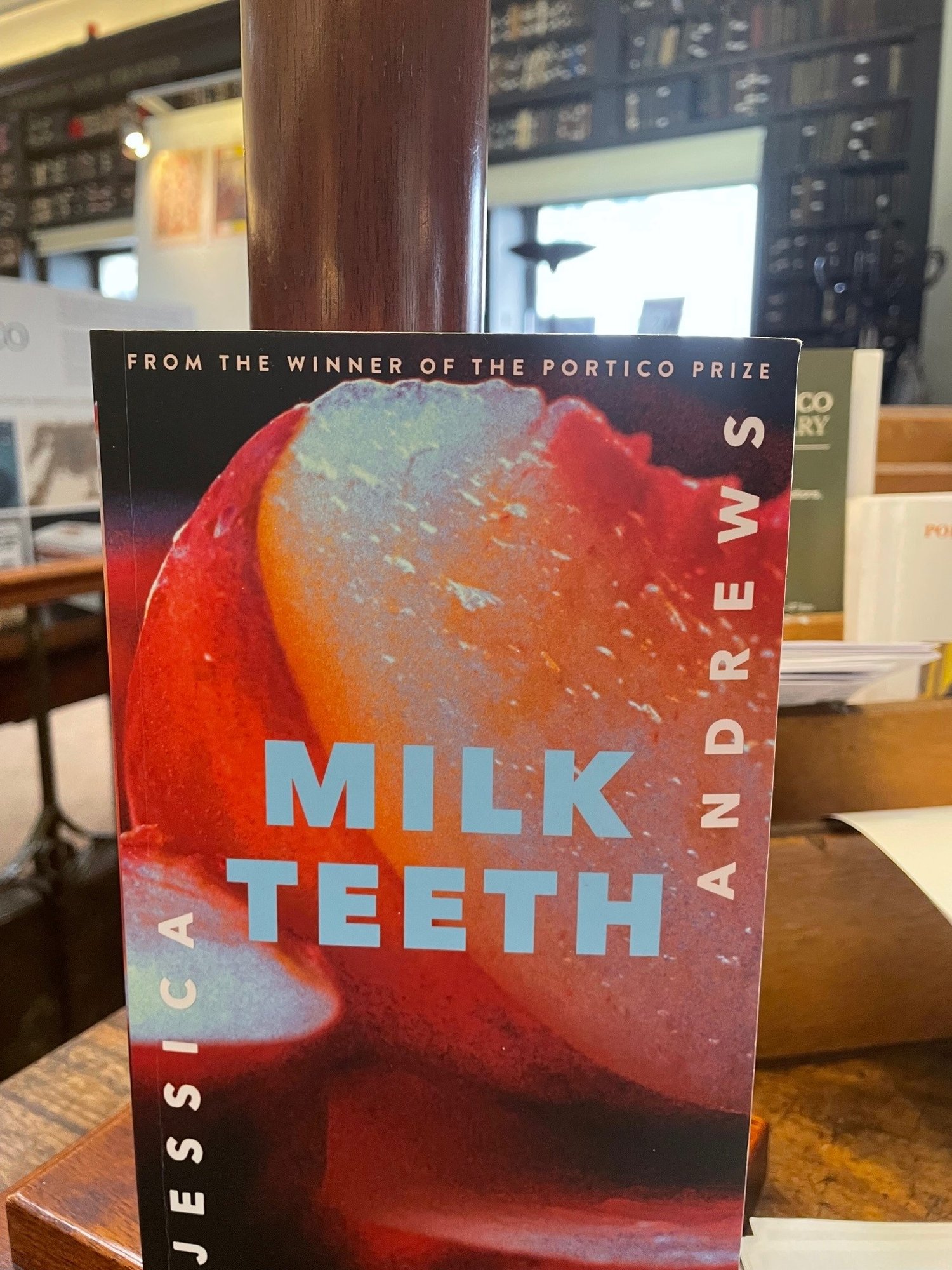
Milk Teeth — The Portico Library
Most mammals are born with a special set of usually smaller, weaker teeth called milk teeth or deciduous teeth. In many species, milk teeth erupt soon after birth; in a few, they erupt and are replaced by adult teeth in utero; and in some, they appear to be absent altogether.
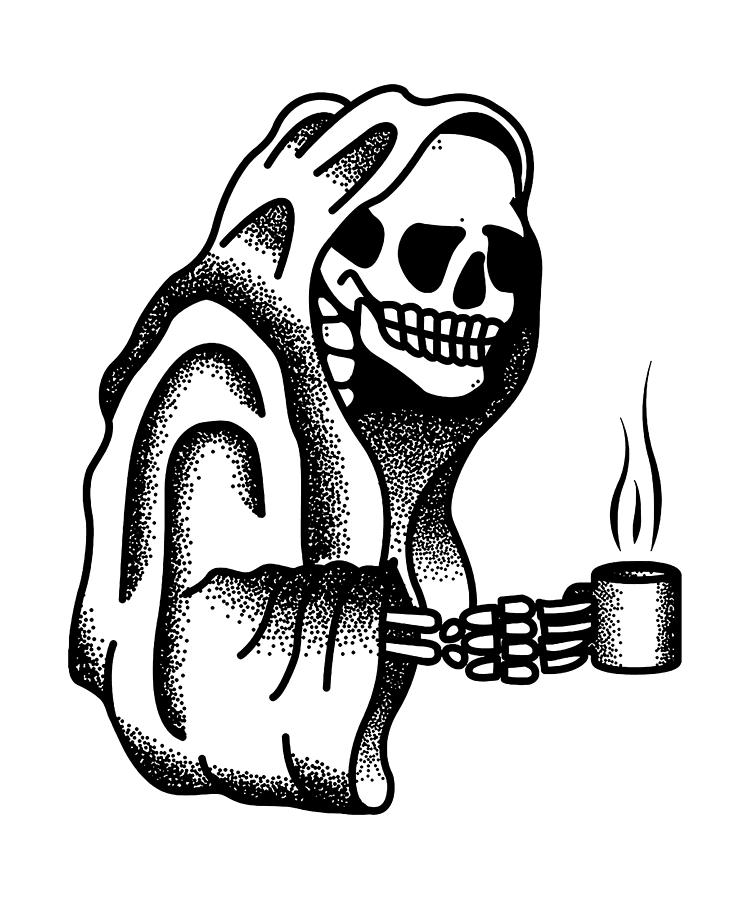
Skull Milk Drink Digital Art by Misel Sasa Fine Art America
In total this adds up to 8 incisors, 4 canines, 8 premolars and 12 molars = 32 teeth in humans. Other mammals have different numbers of each sort of teeth in their upper and lower jaws. Hence Smoky Bats (family Furipteridae) have the dental formula 2123-3133 whilst Hyenas have 3141-3131 normally.

Dental XRays The Whole Tooth Pediatric Dental Blog
Baby Deer Teeth: Milk Teeth Fawns rely entirely on their mother's milk for the first few weeks of life. Their teeth start to come in almost immediately, and by the time they're six months old, their adult teeth begin to replace their deciduous (baby) teeth. Incisors Fawns have eight incisors, all in their lower jaw.

Panoramic Dental XRay of Childs Teeth Development Stock Photo
The base of the skull extends from the superior nuchal lines of the occipital bones posteriorly to the upper incisors teeth anteriorly. This aspect of the skull contains a lot of important structures, including the largest skull foramen; the foramen magnum. We can divide this part of the skull into five, to make it easier to study:
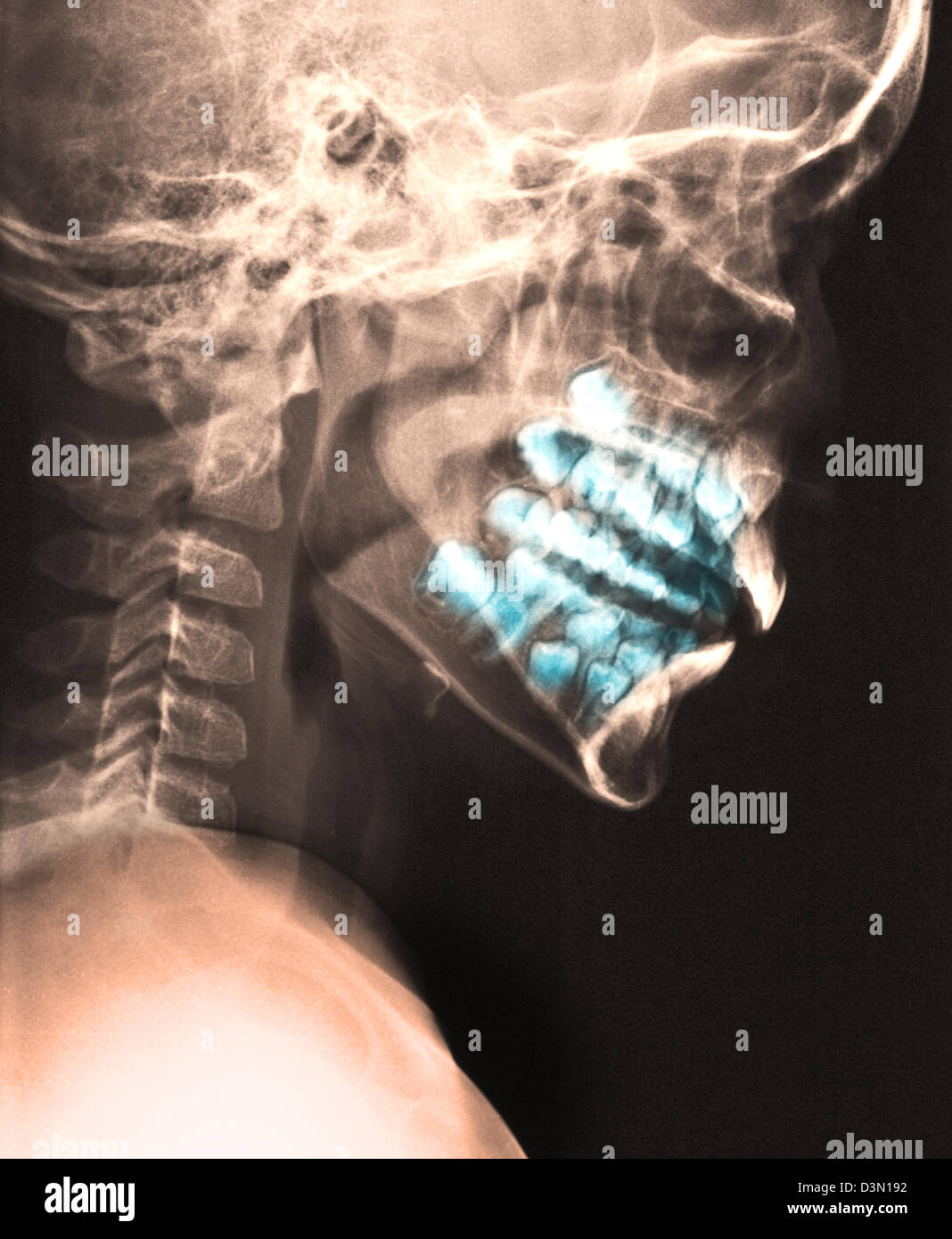
Child skull adult teeth hires stock photography and images Alamy
There's a picture on Pinterest depicting a child's skull with all deciduous teeth (baby teeth) still attached, and adult teeth showing in a quite developed stage underneath:. The picture is described as "A child's skull before losing baby teeth". The point of displaying the picture seems to be that it's expected to be scary or disgusting - repulsive to the audience.
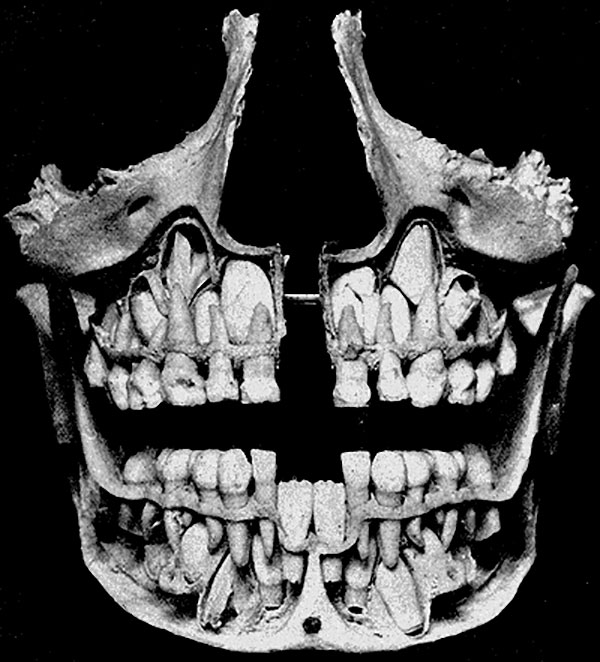
Teeth Lozier Institute
The skull is the skeletal structure of the head that supports the face and protects the brain. It is subdivided into the facial bones and the cranium, or cranial vault (Figure 7.3.1).The facial bones underlie the facial structures, form the nasal cavity, enclose the eyeballs, and support the teeth of the upper and lower jaws.

Eruption of Your Child’s Teeth Desert Dental Spa
The deciduous teeth are the primary teeth that first erupt in babies and are more commonly known as milk teeth. In this article, the general anatomical information about the deciduous teeth will be discussed, following a chronological list of when the milk teeth erupt and when they fall out. Lastly, a common pathological disorder that ails milk.

Newborn Baby Baby Skull Teeth Sale Factory, Save 60 jlcatj.gob.mx
Deciduous teeth or primary teeth, also informally known as baby teeth, milk teeth, or temporary teeth, [1] are the first set of teeth in the growth and development of humans and other diphyodonts, which include most mammals but not elephants, kangaroos, or manatees, which are polyphyodonts.
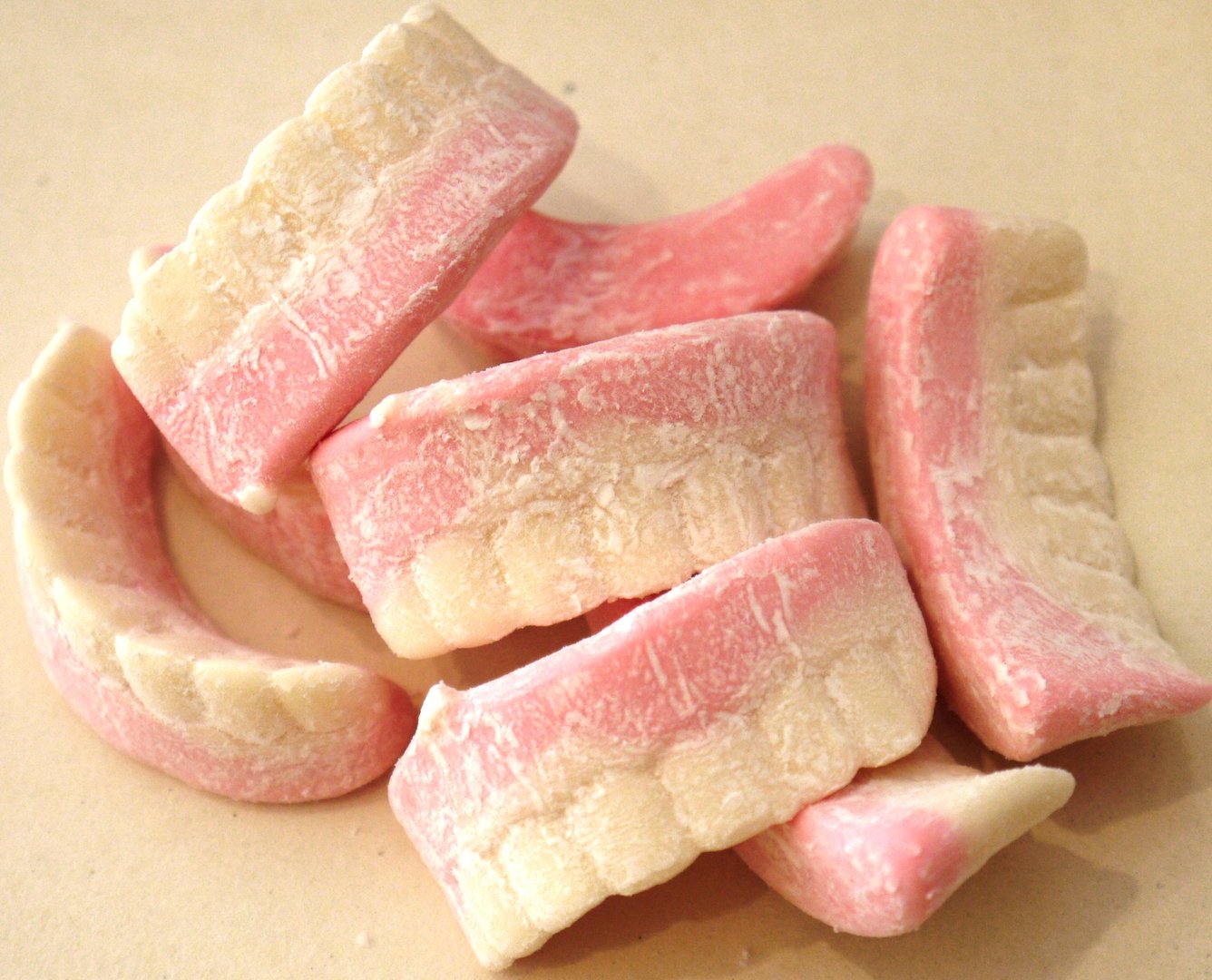
Milk Teeth Sweet Treats
Whale sharks can reach 15 meters (49ft) and beyond. The longest individual was 18.8 meters (62ft). It takes a long time to reach these lengths. Pups have a very fast growth rate but it then slows down. They don't reach maturity for 30 years but can live for around 100 years. 1 / 4. 136. 9. r/interestingasfuck.
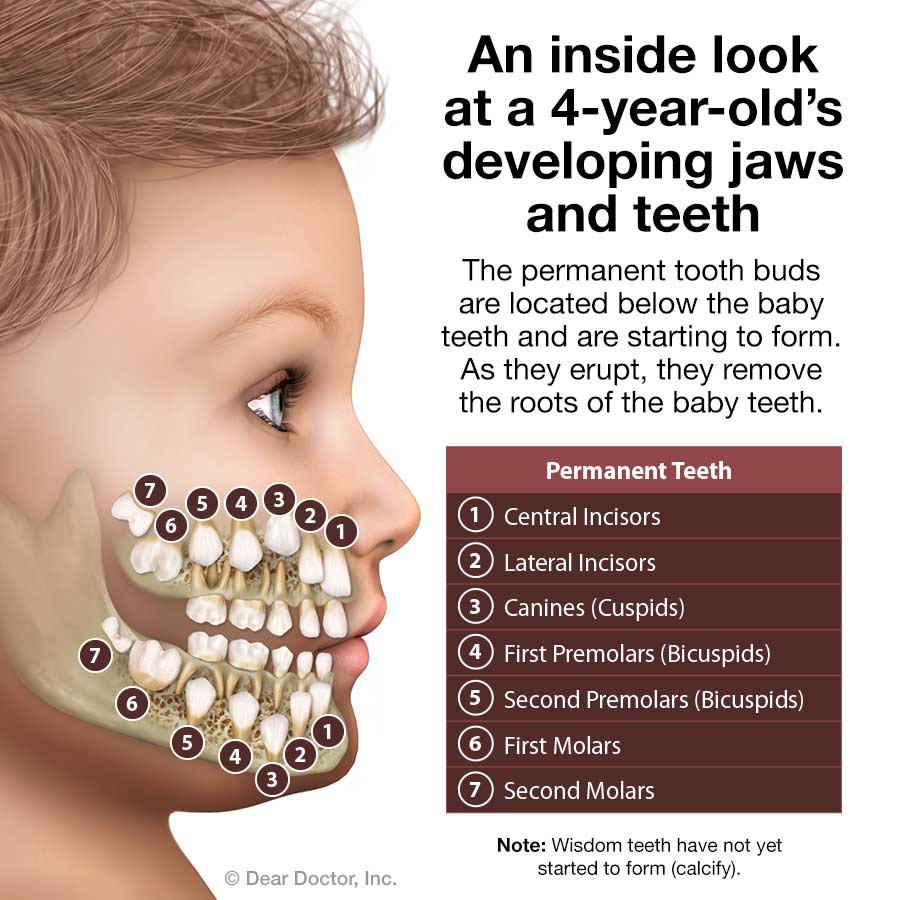
Pediatric Dentistry Gerard D. Salvosa, DMD Yorba Linda California
There are four kinds of teeth in mammals: (1) incisors (for nipping), (2) canines for grasping prey, and cheekteeth of two kinds--(3) premolars ("bicuspids" in humans) and (4) molars--for shearing or grinding the food. Molars are only present in the permanent dentition (by definition).
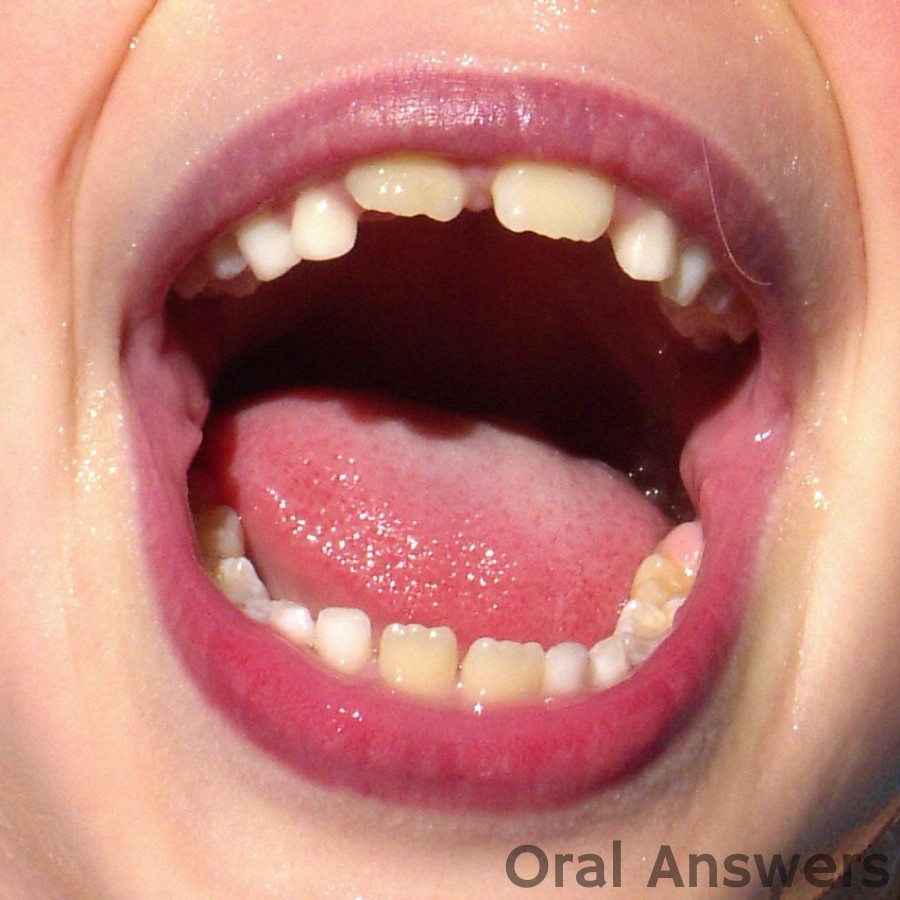
Top 96+ Wallpaper Picture Of Teeth In Mouth Excellent
The teeth on the upper jaw often erupt 1 to 2 months after the same tooth on the lower jaw. There are a total of 20 primary teeth. Often, about 1 tooth comes in per month once the teeth start coming in. There is normally a space between all the baby teeth. This leaves room for the larger permanent teeth to erupt.

Pin on Halloween
Milk teeth Wolves are born blind, deaf, and toothless. Pups subsist entirely on their mother's milk for the first two weeks of life. At that point, their deciduous (milk) teeth start to come in. The pups continue to drink milk until they are a couple of months old, but are fully weaned onto meat by the time they've reached three months.
365skulls Skull 202 MILK chocolate skull
We measured milk and adult teeth of 33 species from the families Canidae, Ursidae, Mustelidae, Felidae, Hyaenidae, Herpestidae, Nandiniidae, Viverridae, and Procyonidae. We used the phylogeny and measurements to see general trends in the morphology of both the milk teeth and their adult counterparts.
_en.jpg)
Dents_squelette_face_(FF)_en.jpg (995×626) Face anatomy, Anatomy, Teeth
milk skull teeth x-ray xray X-ray of child's skull showing development of milk (deciduous) teeth. The milk teeth are progressively lost in preparation for the appearance of adult teeth, & consist of 20 teeth, made up of incisors, canines & molars only.